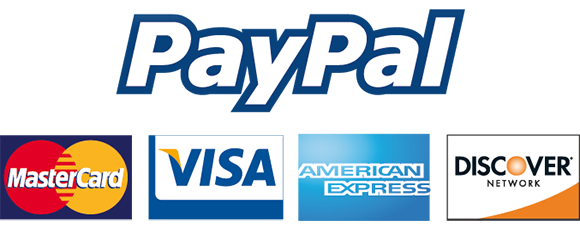W3dq2
The Federal Drug Administration (FDA) is the regulatory body that reviews and approves or denies the addition of each new drug submission. The steps for development and marketing new drugs are as follows:
1) Stage 1- Preclinical trials: Discovery and development is the beginning of this phase. Once developed a new drug is tested in vitro or in test tubes and controlled environments outside living organisms or on animals to determine pharmacological activity, therapeutic potential, toxicology, and safety parameters that will become the recommendations for use. The developing company can file an application for investigational new drug (IND) through the FDA if a therapeutic benefit is discovered to be present. If FDA approves the IND application, the developer can proceed to Clinical Investigation. Stage one generally takes between 1-3 years.
2) Stage 2- Clinical Investigation: This stage will have at least 3 clinical trials and could take anywhere from 2-10 years. Pediatric and pregnancy testing are not always done in this timeframe.
a) Clinical Phase I involves testing new compound on relatively small groups of otherwise healthy individuals to determine tolerance, absorption, distribution, metabolism, and excretion of the drug.
b) Clinical Phase II is focused on testing with patients who have a particular disease process to determine safety and effectiveness in these patients who are generally on other medications and may have additional co-morbidities.
c) Clinical Phase III is designed to test drug efficacy when used in specific applications for a targeted group of patients.
3) Stage 3-Once all phases of clinical trials are completed results are reviewed along with a new drug application (NDA) by the FDA. This process can take anywhere from 2 months to 10 years and the FDA can ask for further information at any point in the process. When it is initially submitted the FDA has 60 days to determine if the NDA meets requirements to be considered for review at all.
4) Stage 4- Post-marketing studies continue monitoring after the drug has hit the market. This is where processes like adverse reaction reporting can play a role in the further use or removal from the market for new drugs. (Woo and Robinson, 2016)
Shingrix is a recombinant, adjuvanted vaccine against the virus that causes shingles and is specifically indicated for the prevention of herpes zoster (shingles) in adults aged 50 years and older. The FDA approval of Shingrix was based on a randomized, placebo-controlled, observer-blind clinical study conducted in 18 countries. The increased effectiveness has not displayed additional side effects other than what is typical with many vaccines. Adverse effects associated with the use of Shingrix may include, but are not limited to, the following: pain, redness or swelling at injection site, myalgia, fatigue, headache, shivering, fever and gastrointestinal symptoms. Increased effectiveness for a larger number of patients without additional adverse effects indicates that this is a good drug and approval was appropriate.
Shingrix (Zoster Vaccine Recombinant, Adjuvanted). (n.d.)., Federal Drug Administration, Retrieved January 22, 2018, from http://www.centerwatch.com/drug-information/fda-approved-drugs/drug/100232/shingrix-zoster-vaccine-recombinant-adjuvanted-
Woo, T. M., & Robinson, M. V. (2016). Pharmacotherapeutics for advanced practice nurse prescribers (4th ed.). Philadelphia, PA: F.A. Davis.
ORDER YOUR ORIGINAL PAPER
Request for a custom paper or place a new order
THE BEST CUSTOM ESSAY WRITING SERVICE AT YOUR FINGERTIPS
Forget All Your Assignment & Essay Related Worries By Simply Filling Order Form


